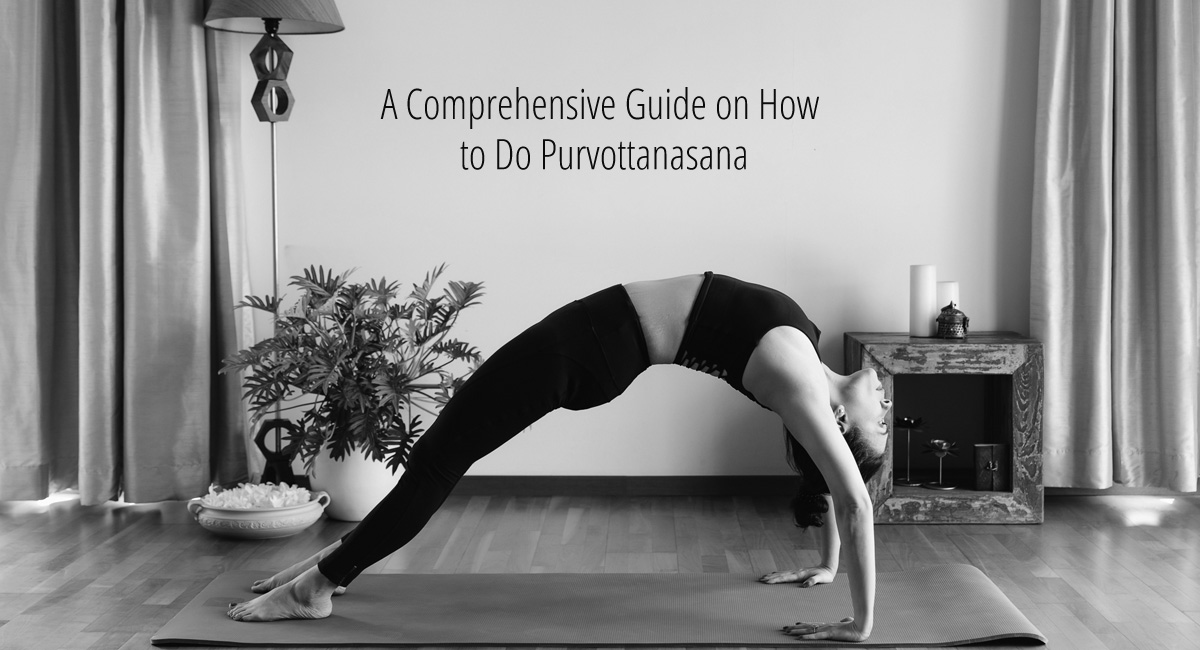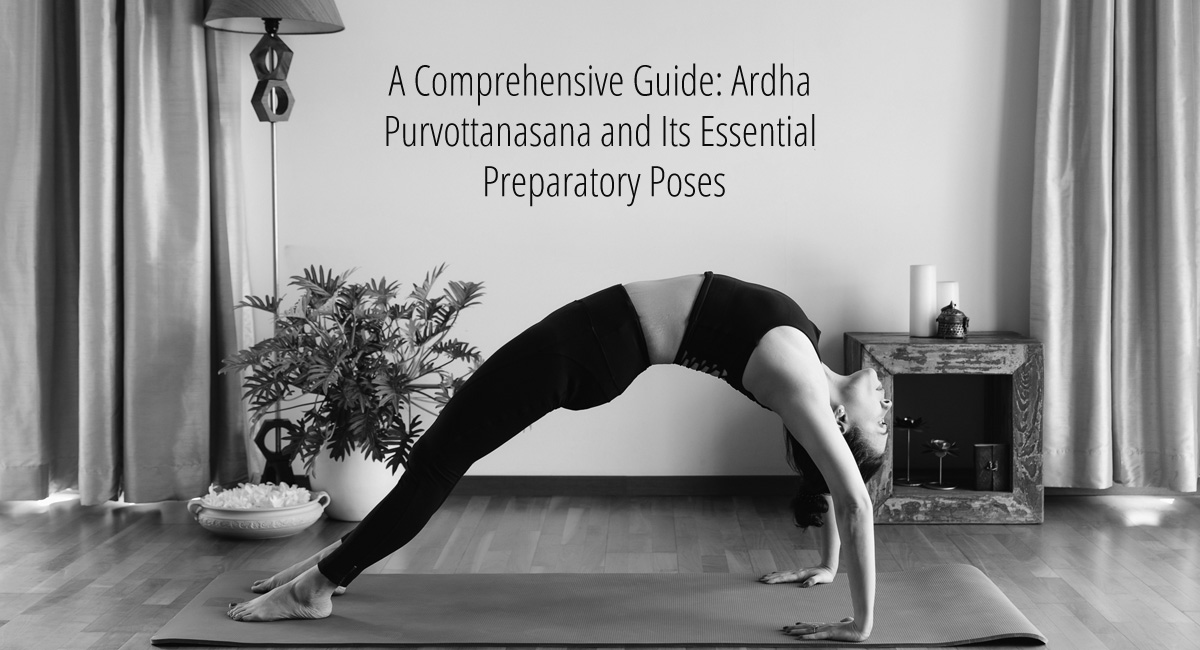
Embrace the Winter Solstice with These Grounding Yoga Practices
Table of Contents
Understanding the Winter Solstice
The Winter Solstice, a celestial event marking the year’s longest night and shortest day, carries profound cultural and spiritual significance. Across traditions, it symbolizes the turning point toward longer days, renewed light, and the promise of a new cycle. Understanding and honoring the Winter Solstice can deepen our connection to the natural world and its cyclical rhythms. It invites contemplation, renewal, and a harmonious alignment with the changing seasons. Engaging in yoga practices that resonate with the quiet power of winter adds a meaningful layer to this cosmic transition.
Benefits of Grounding Yoga Practices in Winter
The winter season often nudges us toward introspection and a desire for warmth and stability. Grounding yoga practices are particularly well-suited for this time, offering an array of benefits that go beyond physical wellness:
- Stability and Equilibrium: In the face of the winter’s cold and often unpredictable weather, grounding yoga instills a sense of stability and equilibrium. The intentional connection with the earth anchors us, both mentally and physically.
- Earthly Connection: The grounding poses establish a palpable connection with the earth. This connection becomes especially poignant when the external environment appears dormant, emphasizing the enduring vitality of nature.
- Internal Warmth: The act of grounding through the feet and engaging with the earth generates a gentle warmth within the body. This internal heat provides a comforting counterbalance to the chill of winter.
- Emotional Support: The Winter Solstice can evoke a range of emotions, from reflection to anticipation. Grounding yoga provides emotional support, offering a steady foundation to navigate the emotional nuances of the season.
Grounding Yoga Poses for the Winter Solstice
1. Mountain Pose (Tadasana):
Overview: The foundational Mountain Pose is a standing pose that emphasizes grounding through the feet. It aligns the spine, promotes heightened awareness, and invites a profound sense of strength and stability.
How to: Stand with feet hip-width apart, arms relaxed by your sides. Ground through all four corners of your feet, lift your chest, and reach your arms overhead with palms facing each other.
2. Tree Pose (Vrksasana):
Overview: Tree Pose embodies the essence of balance and rootedness. It encourages concentration and stability while symbolizing the strength and resilience of a tree.
How to: Shift your weight onto one leg, place the sole of the other foot on the inner thigh or calf (avoiding the knee), and bring your hands to heart center or overhead.
3. Malasana (Garland Pose):
Overview: Malasana is a grounding squat that opens the hips and engages the lower body. It is a pose that connects us with the earth, fostering a sense of surrender and release.
How to: Squat with feet hip-width apart, bringing hands to heart center, and gently press elbows against inner knees.
4. Baddha Konasana (Bound Angle Pose):
Overview: Also known as Butterfly Pose, Baddha Konasana is a hip-opening pose that fosters a connection with the earth. It’s particularly beneficial for grounding and relaxation.
How to: Sit with the soles of your feet together, knees bent outward. Hold your feet and gently fold forward, keeping the spine long.
5. Savasana (Corpse Pose):
Overview: Savasana is the ultimate relaxation pose that allows for complete surrender. It’s a grounding practice that invites stillness and inner reflection.
How to: Lie on your back, arms by your sides, palms facing up. Close your eyes, relax the body, and focus on your breath.
Incorporating Grounding Practices into Your Winter Routine
Beyond individual poses, weaving grounding practices into your overall yoga routine during the winter can enhance their effectiveness. Consider starting or ending your practice with a few moments of seated meditation or breath awareness. Mindful walking, either indoors or outdoors, can further reinforce the connection between your body and the earth.
Tips for Balancing in Grounding Yoga Poses
Maintaining balance in grounding poses is not just a physical exercise but a mental and emotional one as well.
Tips for finding stability include:
- Soft Gaze: Fix your gaze on a point in front of you. This soft gaze helps steady your focus and enhances your balance.
- Breath Awareness: Pay attention to your breath. A steady and mindful breath can anchor you in the present moment, aiding balance.
- Patience: Finding balance is a gradual process. Be patient with yourself, and embrace the wobbliness as part of the journey.
Conclusion
As we welcome the Winter Solstice, the practice of grounding yoga poses becomes a metaphorical rooting into the earth. This act mirrors the stillness and introspection of the season, offering a sanctuary in which to connect with our inner selves and the world around us. Whether you find solace in the sturdy Mountain Pose, the graceful Tree Pose, or the surrender of Savasana, each grounding practice is an invitation to embrace the stillness, find balance, and welcome the returning light.

I am a Pune based artist, Kathak dancer, Dance Movement Therapist, and an avid Yoga practitioner/ teacher. I am also the Director at the Sakal Media Group, a Trustee of Pune Blind School and Nirdhar Trust.
Being a part of Sakal Media Group, with its strong foundation of service and ethical journalism, I am deeply committed in making this world a better place by pushing boundaries, giving opportunities to others, following my convictions, helping others make better choices and to tell powerful stories that will help reshape the world we live in.





